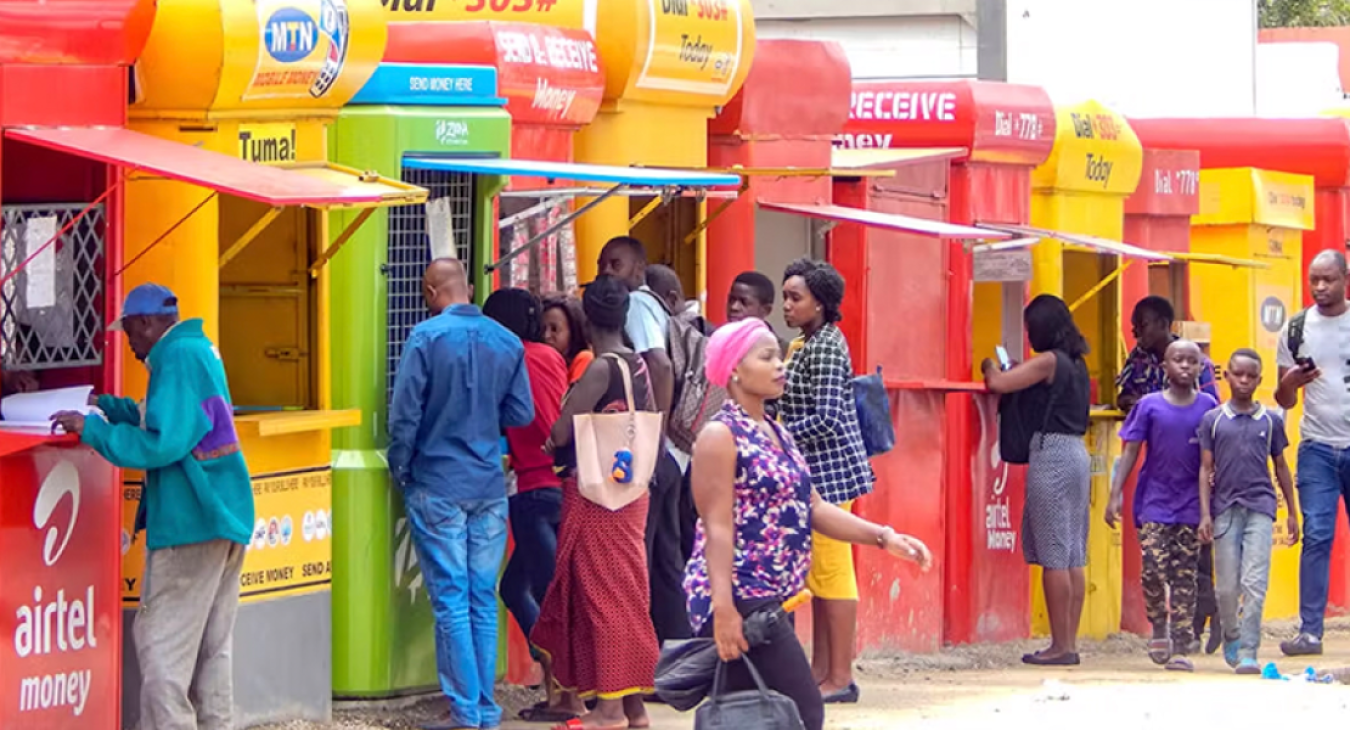Ghana's digital finance system faces a distribution challenge. While urban areas have many mobile money agents competing for customers, millions of rural residents lack access to basic financial services, requiring them to travel long distances and pay high costs to deposit, withdraw, or transfer money.
To address this issue, Ghana Communication Technology University (GCTU) piloted a roving agent model under a ReFinD-funded study. Rather than relying only on fixed locations, the approach provides transport subsidies to encourage agents to visit underserved communities weekly. The model brings services to people instead of requiring people to travel to find services.
The study used a randomized controlled trial across seven districts in the Central Region, with 156 agents receiving GH₵50 (USD 4.03) per trip to cover transport costs to "virgin" communities over 12 weeks.
Results showed significant increases in activity. Supported agents recorded 15 times more daily cash-in transactions and up to 447 times more monthly cash-out transactions compared to those without support. They gained an average of 70 new customers, with one agent establishing a permanent branch in a previously unserved area. The outcomes indicate both demand for mobile money in rural communities and potential sustainability when properly supported.
However, challenges persist. Agents face liquidity constraints, poor road networks, unstable mobile coverage, and security risks. The study recommends targeted policy measures including transport incentives, infrastructure improvements, liquidity support, and integrating roving agent models into Ghana's financial inclusion strategies.
The evidence suggests that with appropriate support, mobile money agents can help bridge Ghana's rural finance gap while creating sustainable business opportunities.
Read the full policy brief for detailed insights on how Ghana, and other countries, can bridge the rural finance gap through innovative agent network models.

